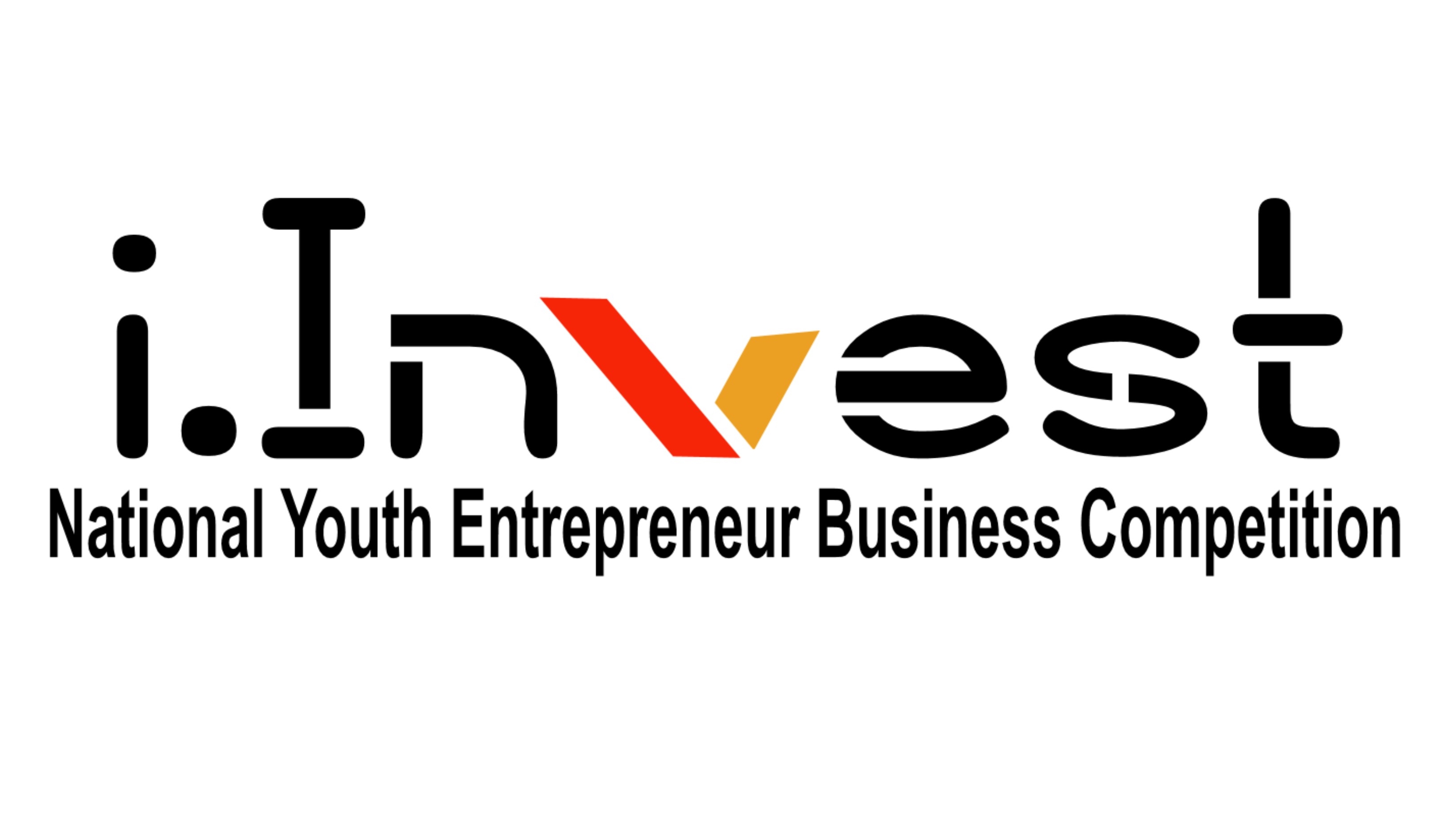Johns Hopkins Engineering Students Develop Virtual Hand, Wrist Physical Therapy Software
- mjackson148

- Jun 1, 2016
- 2 min read

Group photo (from left to right): Adam Polevoy, Parth Singh, Rahul Yerrabelli, Himanshu Dashora. Single photo: Benjamin Pikus
Rahul Yerrabelli, 18, Benjamin Pikus, 18, Himanshu Dashora, 18, Parth Singh, 19, and Adam Polevoy,19, from Johns Hopkins University in Baltimore, MD, are one of the teams participating in this year’s i.Invest Competition. Each of these young men are studying Biomedical Engineering, and were eager to solve one of the many issues facing the medical community with their company, MoTrack Therapy.
Tell us a little about your business.
MoTrack is a virtual reality software that has completely revolutionized the way that patients can receive physical therapy for hand and wrist injuries. Using the Leap Motion hardware and a webcam, MoTrack can track and interpret movements made by the patient’s hand and wrist. The patient can therefore complete physical therapy exercises at home and receive feedback on ways to improve in real-time. Because the exercises are designed to be more interactive and entertaining than traditional physical therapy, it is expected that MoTrack will have a higher rate of patient compliance to the regimen.
What inspired the creation of MoTrack?
After a friend suffered a serious wrist injury from playing cricket, these young men were surprised to see the intensive, time-consuming therapy that was needed to treat his injury. Years later, they participated in a weekend-long hackathon, MedHacks, where they were asked to use various gadgets to create a new medical invention. One of these gadgets happened to be a hand-tracking sensor used to track movements in virtual reality gaming. After putting their heads together and brainstorming, MoTrack was born.
What challenges will MoTrack face?
There are a few competitors in the same industry. However, MoTrack has the competitive edge when it comes to size and portability of the device. Furthermore, the current competitors are either focused in the European market or focused in general body therapy as opposed to hand therapy. In order to be successful, MoTrack will need to focus on educating consumers about the benefits of choosing MoTrack over other forms of therapy.
How will MoTrack impact the world?
Hand and wrist therapy is not only time-consuming, but costly and inconvenient as well. With MoTrack, patients will no longer have to schedule multiple appointments and travel to medical professionals’ offices to receive treatment. Instead, they will be able to do recommended exercises in the comfort of their own home while still receiving feedback about their progress and how they can improve. The cost of MoTrack therapy is far less than the cost of an in-office physical therapy appointment, so this software allows people of all income levels to receive the care that they need.
What are the next steps for MoTrack?
MoTrack has received $10,000 in non-dilutive funding from the Johns Hopkins University Ralph O’Connor Fund as well as an additional $300 from a Johns Hopkins University DMC grant. MoTrack hopes to secure another $50,000 from investors to cover the costs of patenting, running clinical trials and launching a large-scale marketing campaign.
To stay abreast of MoTrack’s progress in the i.Invest competition, visit www.i-investcompetition.com and register for the i.Invest newsletter. Also, to provide support as a mentor or investor, please email info@i-investcompetition.com.
Good luck, Rahul, Benjamin, Himanshu, Parth and Adam!





Comments